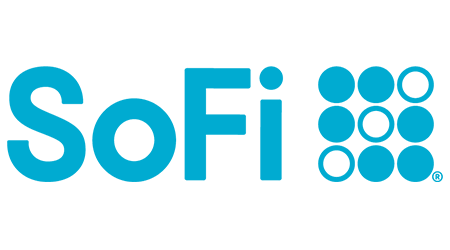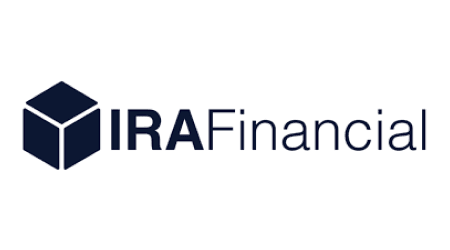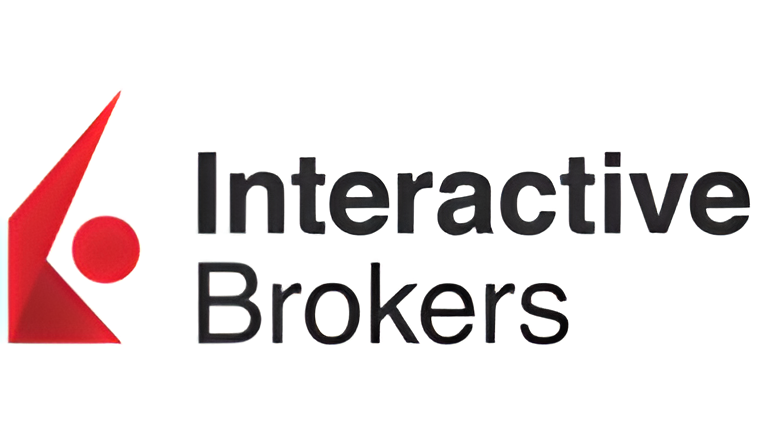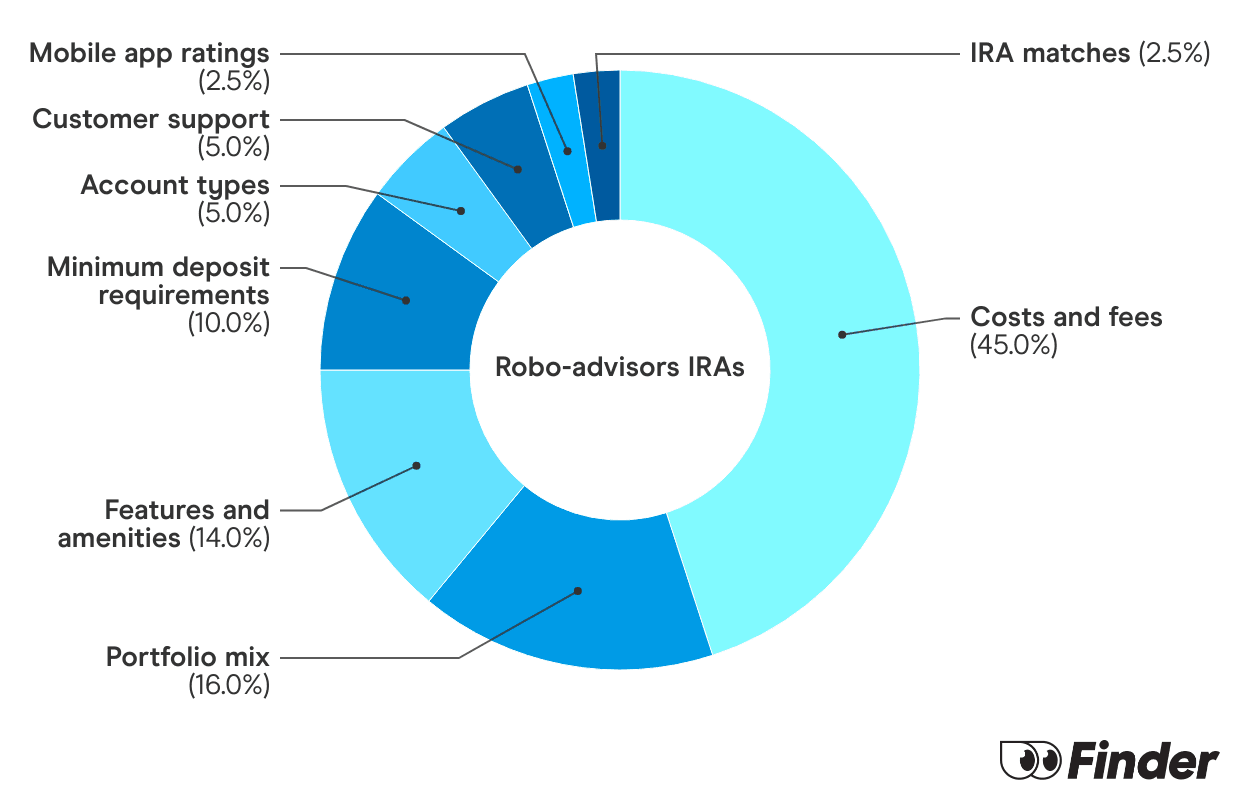-
Commitment to our readers
18 years
Helping you save money
Reviewed
by experts
Cited by
major publications
Finder maintains full editorial independence to ensure for our readers a fair assessment of the products, brands, and services we write about. That independence helps us maintain our reader's trust, which is what keeps you coming back to our site. We uphold a rigorous editorial process that ensures what we write and publish is fair, accurate, and trustworthy — and not influenced by how we make money.
We're committed to empowering our readers to make sound and often unfamiliar financial decisions.
We break down and digest information information about a topic, product, brand or service to help our readers find what they're looking for — whether that's saving money, getting better rewards or simply learning something new — and cover any questions you might not have even thought of yet. We do this by leading with empathy, leaning on plain and conversational language that speaks directly, without speaking down.
How much money should I have in savings at 40?
The average retirement savings for someone in the gen Y population is $91,191, according to Finder’s Consumer Confidence Index. As of 2023, the age range for millennials — gen Y — is between 27 and 42, putting a 40-year-old near the tail end of this population. Finder data shows that millennials, on average, contribute $9,498 each year toward retirement.
Is that enough? It depends on when you want to retire and how much your money can grow over time.
For instance, if you had retirement savings of $91,191 by age 40 and earned the stock market’s average historical return of 10% each year for the next 25 years while making no further contributions, your money could grow to just shy of the $1 million mark by age 65 with compounding alone.
This is a hypothetical, of course. The 10% stock market return is a historical average. Some years will be higher, while others will be lower. And making additional contributions will help you build your savings faster.
But since everyone’s financial situation is different, let’s look at some ways you can boost your savings if you feel you’re behind.
How to save money in your 40s
Saving money in your 40s can be a challenge considering retirement savings is more important than it was when you were in your 20s, but you also may have other obligations to meet like raising a family and saving for a child’s college education.
Here are some steps you can take to elevate your retirement savings.
Contribute enough to get your 401(k) match
In 2024, you can contribute a maximum of $23,000 to your 401(k)(1). But depending on your yearly income, maxing out your 401(k) may not be feasible. That’s OK. But you should contribute at least enough to get any available company match. This is perhaps the closest thing to “free money” you’ll ever see.
Matching formulas vary by company. For example, your company may match your annual contributions dollar-for-dollar until you’ve contributed 3% of your salary. So, if you’re making $60,000, consider contributing at least $1,800 a year to get $1,800 in matching funds.
Max out your IRA
The median weekly earnings for someone between the ages of 35 to 44 is $1,263 or $65,676 a year ($1,263 X 52 approximate weeks in a year). (2) Taking the common advice of saving at least 15% of your income each year for retirement, the average 40-year-old should save $9,851 a year. At this amount, you’re saving more than enough to max out your IRA.
The maximum contribution to all your IRAs and Roth IRAs for 2024 is $7,000. IRAs let you invest in virtually any security, and their tax benefits are incredibly valuable. Your traditional IRA contributions may be tax-deductible, while Roth IRA withdrawals are tax-free in retirement.
For an extra boost to your savings, consider opening an IRA or Roth IRA through an online broker that offers an IRA matching program. For instance, Robinhood will match up to 3% of your IRA contributions when you subscribe to Robinhood Gold, or 1% without. So, if you contribute the maximum $7,000 in 2024, that’s an extra $210. While this may not seem like a lot at first glance, it’ll help transform your savings over time.
Our top picks for IRA accounts

- $0 annual fee and no stock or ETF commissions
- Robo-advisor and financial planning sessions
- Access private credit, venture capital and other alternative asset funds
- Get a 1% IRA Match on contributions and rollovers
Must be a SoFi Plus member at the time a recurring deposit is received into your SoFi Active or Automated investing account to qualify. Bonus calculated on net monthly recurring deposits made via ACH and paid out as Rewards Points. See Rewards Terms of Service. SoFi reserves the right to change or terminate this promotion at any time without notice. See terms and limitations. https://www.sofi.com/sofiplus/invest/#disclaimers

- Choose from a variety of self-directed retirement account options
- Invest in alternative assets like real estate, crypto, private businesses and more
- Take advantage of tax benefits to grow your retirement savings

- $0 commissions on stocks, ETFs and options
- Trade stocks, bonds, ETFs, mutual funds, options, futures & currencies in your IRA
- Beginner-friendly and advanced mobile trading platforms, with robust research tools
Paid non-client promotion. Finder does not invest money with providers on this page. If a brand is a referral partner, we're paid when you click or tap through to, open an account with or provide your contact information to the provider. Partnerships are not a recommendation for you to invest with any one company. Learn more about how we make money.
Finder is not an advisor or brokerage service. Information on this page is for educational purposes only and not a recommendation to invest with any one company, trade specific stocks or fund specific investments. All editorial opinions are our own.
Use an HSA as a retirement savings tool
If you have a high-deductible health plan, you could pair it with a health savings account (HSA). An HSA lets you receive tax benefits while saving for qualified health expenses. The money you put in an HSA is tax-deductible, so it may reduce your tax bill or increase your refund. Money also grows in an HSA tax-free, and withdrawals are tax-free as long as you use them on qualified health expenses.
At age 65, you can withdraw money from an HSA for any reason without penalty. However, you’d still owe income tax on the withdrawals.
Switch to a high-yield savings account
The average interest rate on traditional savings accounts is 0.46% APY, according to the Federal Deposit Insurance Corporation (FDIC). However, some of the most competitive high-yield savings accounts pay around 5% APY as of January 2024.
For any cash savings you may need immediate access to, such as an emergency fund or savings for any other short-term goals, a high-yield savings account can help grow your money in a way that’s not possible with a traditional, brick-and-mortar bank.
Check the following table to see how $10,000 with no additional contributions could transform over time in these different savings accounts. Many high-yield savings accounts credit interest daily, which lets your money grow faster. Compare that to a monthly compounding frequency for many traditional savings accounts.
| Balance after 1 year | Balance after 2 years | Balance after 3 years | |
|---|---|---|---|
| Traditional savings account at 0.46% APY | $10,046.10 | $10,092.41 | $10,138.93 |
| High-yield savings account at 5% APY | $10,511.62 | $11,049.41 | $11,614.72 |
Pay off high-interest debt
The average credit card debt for millennials is $4,974, according to our research. And credit card debt is among the most costly debt you can have. The average interest rate on a credit card is 21.19%, according to the Federal Reserve Bank of St. Louis.
If you’re paying more in interest on your debt than you’re earning on your investments, you’re technically losing money. One way to boost your savings is to shed any costly debt. You’ll save on interest, and it’ll free up more money for you to contribute toward savings.
Bottom line
The average retirement savings for someone in the gen Y population is $91,191, according to Finder data. But how much money you personally should have saved by 40 depends on your retirement age and goals. Once you come up with a target retirement amount, see if you’re on track and consider the different ways to increase your savings so you can meet your goals on time.
What is the Finder Score?
The Finder Score crunches 147 key metrics we collected directly from 18+ brokers and assessed each provider’s performance based on nine different categories, weighing each metric based on the expertise and insights of Finder’s investment experts. We then scored and ranked each provider to determine the best brokerage accounts.
We update our best picks as products change, disappear or emerge in the market. We also regularly review and revise our selections to ensure our best provider lists reflect the most competitive available.
Paid non-client promotion. Finder does not invest money with providers on this page. If a brand is a referral partner, we're paid when you click or tap through to, open an account with or provide your contact information to the provider. Partnerships are not a recommendation for you to invest with any one company. Learn more about how we make money.
Finder is not an advisor or brokerage service. Information on this page is for educational purposes only and not a recommendation to invest with any one company, trade specific stocks or fund specific investments. All editorial opinions are our own.
Frequently asked questions
Sources
Ask a question
More guides on Finder
-
Top IRA Match Accounts for 2025: Boost Your Retirement Today
Get up to a 3% IRA match with Robinhood and Acorns or a 1% IRA match with Public. See how to qualify here.
-
5 Best Roth IRA Investments [With Insights From CFPs]
The best Roth IRA investments may include a mix of index funds, dividend stocks, bond funds and other long-term investments.
-
5 Best SEP IRA Providers of 2025
Explore the pros and cons of the best SEP IRAs and learn how to open one of these accounts.
-
7 Best Rollover IRA Accounts of 2025
Explore the advantages and shortcomings of the best rollover IRAs for beginners, mobile trading, advanced traders and more.
-
10 Best Roth IRAs: 2025’s Top Picks to Build Your Retirement Savings
Check out our picks of the best Roth IRA accounts for beginners, options traders, hands-off investors and more.
-
10 Best IRA Accounts for 2025: Top Retirement Picks
Check out our picks of the best IRA accounts for beginners, options traders, hands-off investors and more.
-
What is a Roth IRA and how to open one
Learn how Roth IRAs work and who qualifies to open one.
-
Goldco Review 2025: Pros and Cons
Pros and cons to consider before you sign up for a Goldco precious metals IRA.
-
401(k) withdrawal rules: Penalties, fees & how to do it
Need a quick influx of cash? Before you dig into your retirement funds, consider these drawbacks.
-
Estate Planning Checklist
Find everything you need to begin the estate planning process, including a free downloadable estate planning checklist.


